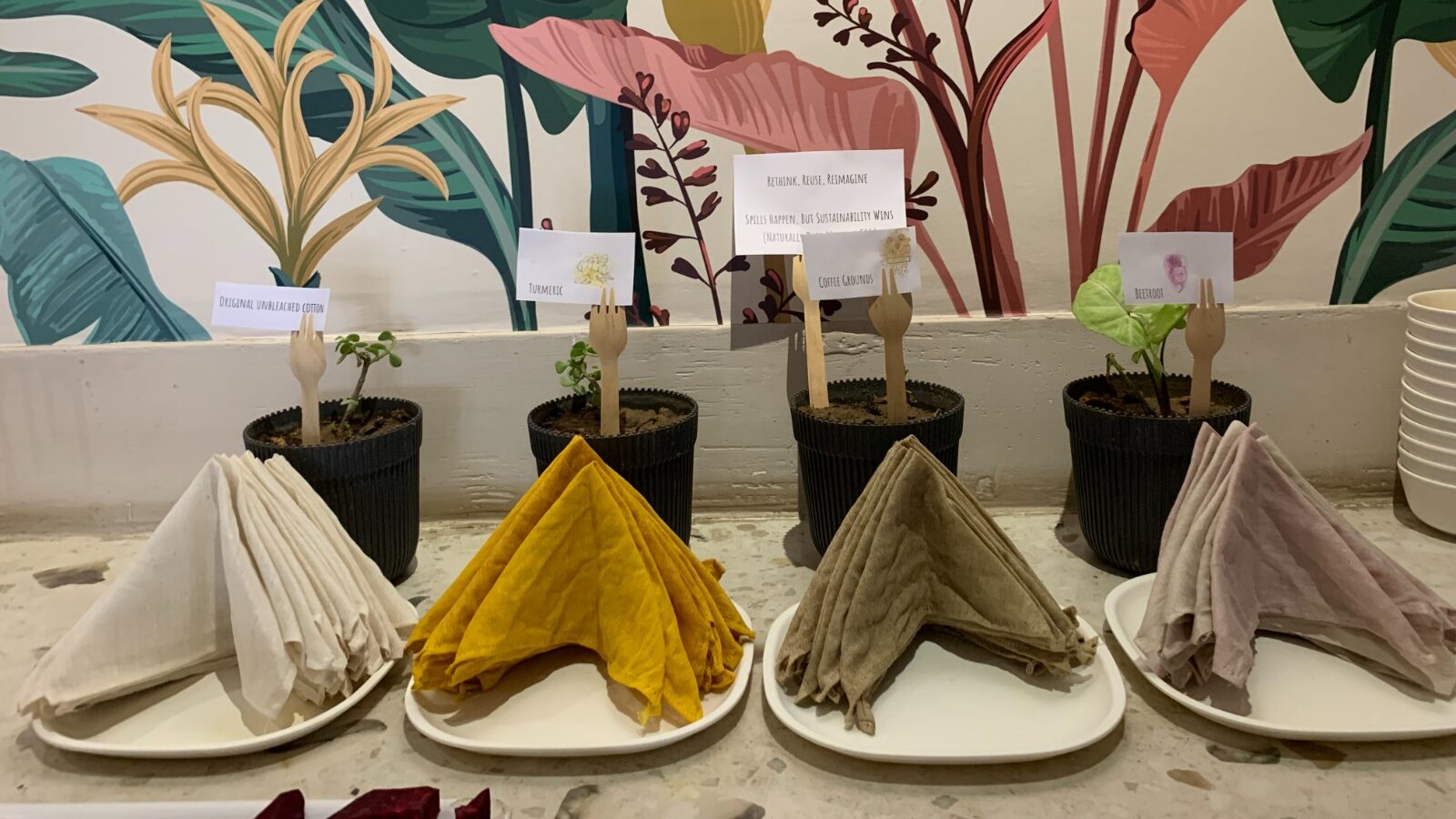
Google's Guide to Search Engine Optimization (SEO)
by Cue BlocksGoogle comes up with this useful compact guide that lists some of of the best practices that could benefit a website by improving site’s crawlability and indexing. Working on following areas of your website can bring about a tremendous change and improve the crawling and indexing stats.
Following is the summary of Google’s Guide to Search Engine Optimization (SEO).
1. Search engine optimization is often about making small modifications to parts of the website and SEO affects only organic search results, not paid or “sponsored” results.
2. Create unique, accurate page titles.
Good practices for page title tags:
(a) Accurately describe the page’s content
(b) Create unique title tags for each page
(c) Use brief, explanatory titles
3. Make use of the “description” meta tag
Good practices for description meta tags:
(a) Accurately summarize the page’s content
(b) Use unique descriptions for each page
4. Improve the structure of your URLs.
Good practices for URL structure:
(a) Use words in URLs
(b) Create a simple directory structure
(c) Provide one version of a URL to reach a document
5. Make your site easier to navigate.
Good practices for site navigation:
(a) Create a naturally flowing hierarchy
(b) Use mostly text for navigation
(c) Use “breadcrumb” navigation
(d) Put an HTML sitemap page on your site, and use an XML Sitemap file
(e) Consider what happens when a user removes part of your URL
(f) Have a useful 404 page
6. Offer quality content and services.
Good practices for content:
(a) Write easy-to-read text
(b) Stay organized around the topic
(c) Use relevant language
(d) Create fresh, unique content
(e) Offer exclusive content or services
(d) Create content primarily for your users, not search engines
7. Write better anchor text.
Good practices for anchor text:
(a) Choose descriptive text
(b) Write concise text
(c) Format links so they’re easy to spot
(d) Think about anchor text for internal links too
8. Use heading tags appropriately
Good practices for heading tags:
(a) Imagine you’re writing an outline
(b) Use headings sparingly across the page
9. Optimize your use of images
Good practices for images:
(a) Use brief, but descriptive filenames and alt text
(b) Supply alt text when using images as links
(c) Store images in a directory of their own
(d) Use commonly supported filetypes
10. Make effective use of robots.txt
Good practices for robots.txt:
(a) Use more secure methods for sensitive content
11. Be aware of rel=”nofollow” for links
12. Promote your website in the right ways
Good practices for promoting your website:
(a) Blog about new content or services
(b) Don’t forget about offline promotion
(c) Know about social media sites
(d) Add your business to Google’s Local Business Center
(e) Reach out to those in your site’s related community
13. Make use of free webmaster tools
14. Take advantage of web analytics services
Google also offers helpful resources for the webmasters with its help forum, central blog, tools , guidelines etc. Check out the complete Google’s SEO Starter Guide.
- About the Author
- Latest Posts
-
Jiva’s Organic Traffic Growth: 354% Surge in 6 Months | CueForGood
by Nida DanishSummary: Jiva’s efforts to empower smallholder farmers weren’t gaining the digital traction they deserved. With a strategic overhaul led by …
Continue reading “Jiva’s Organic Traffic Growth: 354% Surge in 6 Months | CueForGood”
-
What We Learned When We Switched From Disposable Tissues to Reusable Napkins
by Nida DanishAt CueForGood (CFG), we’ve embraced a refreshing change: reusable cloth napkins. While the switch may seem minor, it’s rooted in …
Continue reading “What We Learned When We Switched From Disposable Tissues to Reusable Napkins”
-
Of Light, Laughter & Transformation: Diwali 2024 at Cue For Good
by Nida Danish
On any given day, walking into the Cue For Good office feels like stepping into a space with heart. It’s …
Continue reading “Of Light, Laughter & Transformation: Diwali 2024 at Cue For Good”
-
Why PHP Still Matters in 2024: A Look at Its Continued Relevance
by Girish TiwariAt its peak in the early 2010s, PHP powered the majority of websites globally, including major platforms like Facebook and …
Continue reading “Why PHP Still Matters in 2024: A Look at Its Continued Relevance”
-
How Meta’s New Holiday Ad Features Can Transform Your Business This Season
by Charanjeev SinghThis year, Tapcart’s 2024 BFCM Consumer Trends Report suggests that nearly 60% of shoppers kick off their holiday shopping in …
Continue reading “How Meta’s New Holiday Ad Features Can Transform Your Business This Season”
-
Cue For Good’s Journey at the B Corp Festival 2024: Exploring Louder Than Words
by Pancham PrasharOn September 10th and 11th, 2024, I had the incredible experience at the “Louder Than Words” B Corp Festival, held …
Continue reading “Cue For Good’s Journey at the B Corp Festival 2024: Exploring Louder Than Words”







